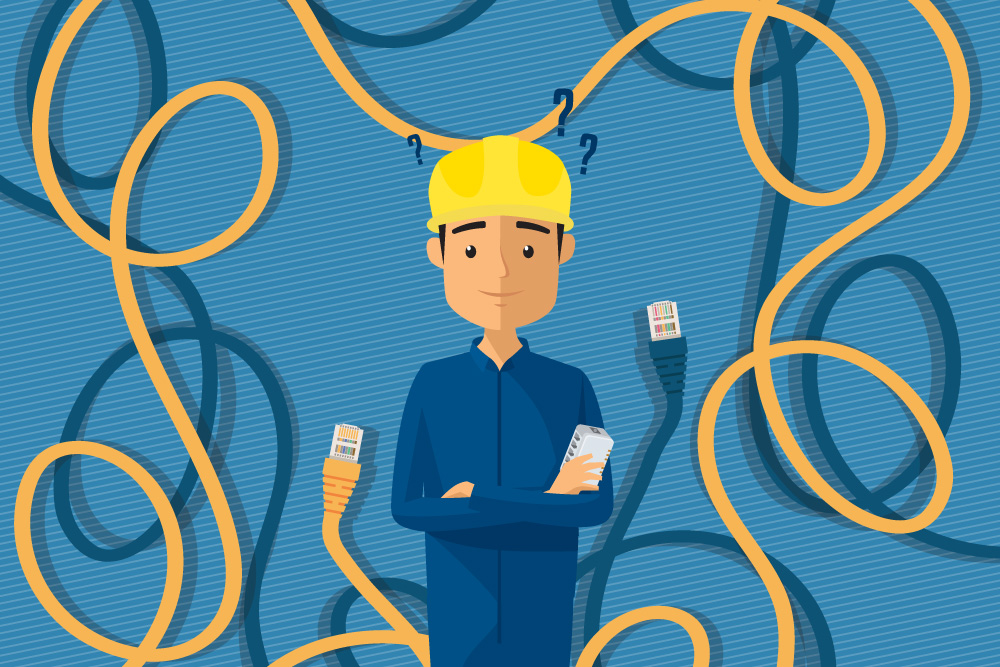We all know that choosing the best is what’s good for you and everything you do. Just like setting up your business orhaving your own Internet connection, you choose the best Internet service provider and equipment. So, how do you choose cables for Power over Ethernet?
Power over Ethernet (PoE) is a technology that carries electrical current to power devices through the use of network cables rather than using power cords. The reliability and cost-effective solution in providing both data and power over a single cable becomes one of the reason why it is widely used since 1990’s. There are factors to consider in choosing the cables to use in Power over Ethernet. Provided by Fiber Optic Association Cebu, here they are:
Conductor Size
The first thing to consider is the conductor size. Why? It is because heat generation may occur in the applications of Power over Ethernet due to conductor resistance. It is recommended to use Cat6 or Cat7 for they both have larger conductor size than Cat5e. To avoid heat generation, cables should have larger conductor sizes that can reduce conductor resistances. Thus, the larger the size of the cable, the greater the resistance in heat, which typically means it is better. But it is too much hassle and takes a lot of space if the cable size is too big. Choosing fiber optic as your cable would not take more space because of the immunity of its conductor in changing weather, which is different from traditional copper cable.
Cable Structure
The second thing to consider is the cable structure, which is also a factor in the rise of temperature of a cable. STP (shielded twisted pair cable) and UTP (unshielded twisted pair cable) are the two types of cable structure. Copper cable has metallic or foil shield that is more vulnerable to heat than fiber optic cables. Fiber optic cables have non-metallic conductor, which means it has more dissipation to heat that leads to cooler cable in the long run. It is better to use Cat6 F/UTP cable than Cat6 UTP because more than 40% heat can be dissipated, using that kind of cable. Also, if you are allowed to use Cat7 S/FTP cable then choose to use it as it dissipate more heats than Cat6 F/UTP cables with its foil shield around each pair.
Cable Temperature
Temperature is as important as size and structure. It almost rhymed, didn’t it? Proper cable temperature should be observed, and it should only be in 60°C, 75°C, and 90°C. Why should you consider this thing? It is because if the temperature of a cable rises, the electrical performance also decreases, which means the data transmission is also affected, causing intermittent Internet connection. It will cause slow internet; you don’t want that to happen, right? That’s why fiber cable is the best option for you to increase productivity and efficiency of your business. You should also consider using shielded cables for it is less likely to be affected by temperature than UTP cables.
Installation Configuration
Obviously, the last thing is the cable installation process and its configuration. Most installations have large cable bundles, which is one of the major reasons for the increase in temperature in any cable. In Nexus-net, we have the best and expert technicians to assist you in order to assure the proper installation processes that would ensure your safety and make you productive and efficient in the long run.



